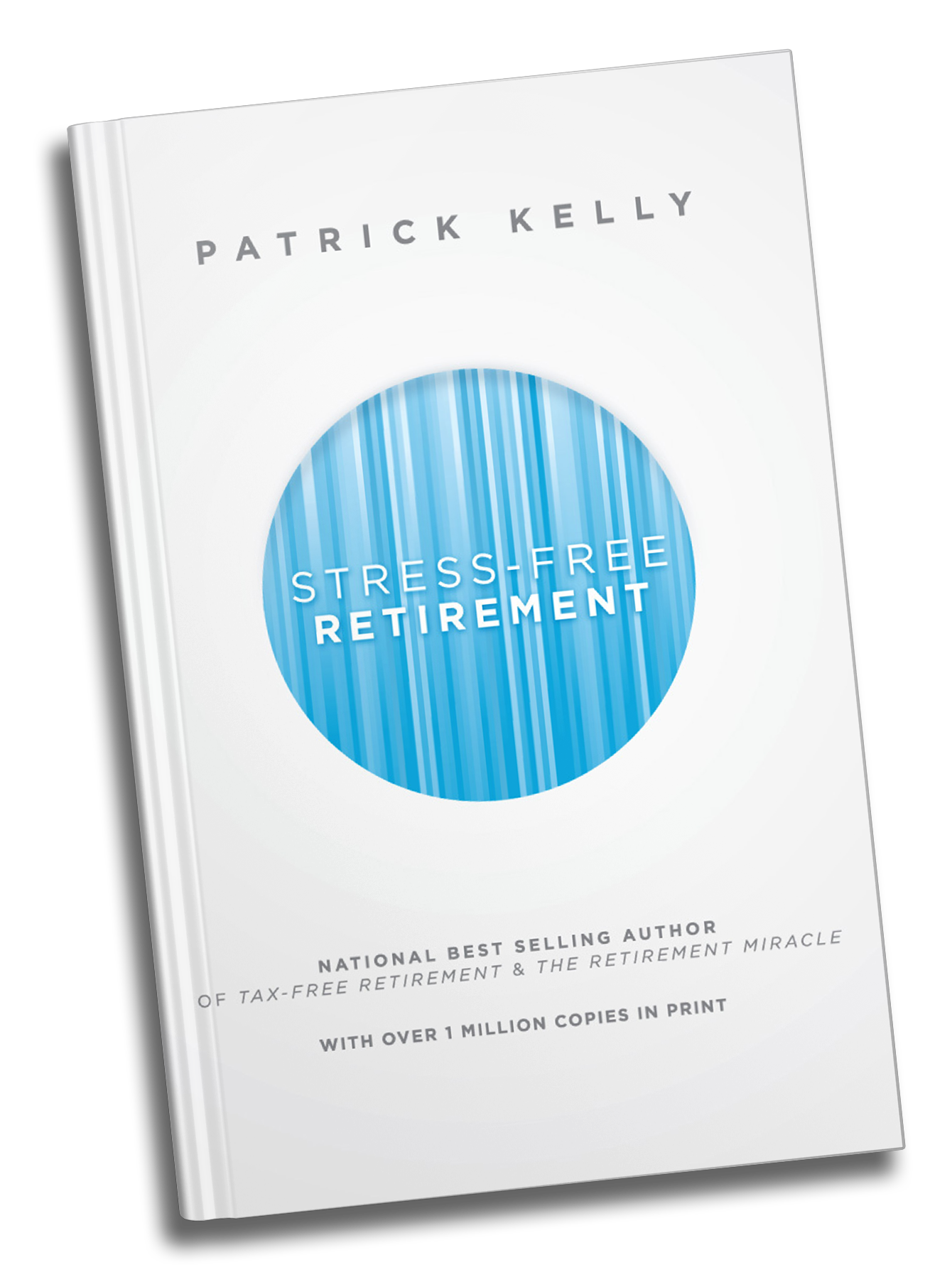
Some surprises are great, like birthday parties, winning the lottery, and getting two candy bars from the vending machine. Others may not be as much fun, like taxes and unforeseen expenses. However, there are ways to help prepare for these expenses so that they’re not surprises. With a custom strategy in place to help cover retirement costs, you can focus on looking forward to the fun surprises. Here are 3 potential retirement costs to watch out for.
Taxes
After you’ve contributed your pre-tax dollars to traditional retirement accounts and they’ve grown tax free, you will probably start to take withdrawals in retirement. Keep in mind that anything you withdraw can be taxed as ordinary income. And while you can help to minimize your tax burden by controlling how much you withdraw from these accounts early on in retirement, later you will have to withdraw a certain amount each year. At age 70 ½ you will most likely have to take Required Minimum Distributions (RMDs) from your traditional retirement accounts.[1] The problem with RMDs is that you might be required to withdraw more money than you actually need, triggering a higher tax burden.
Medicare
Once Americans turn 65, they might think their healthcare costs will go down thanks to Medicare. And while Medicare does help cover these costs, beneficiaries must still pay premiums. Medicare Part B base premiums will increase nearly 7% for 2020 to $144.60 per month. High earners can pay as much as $12,000 in Medicare Part B premiums.[2] Keep in mind that Medicare Part B is just one piece of the retirement healthcare puzzle. Retirees must also consider whether they will buy supplemental coverage through a Medicare Advantage or Medigap Plan.
Long-Term Care
One healthcare cost that is easy, but possibly detrimental to overlook is long-term care. According to government estimates, someone turning 65 today has an almost 70% chance of needing long-term care later in life. And, 20% will need it for longer than five years.[3] When you consider that the median annual cost of an assisted living facility is $45,000 and the median annual cost for a private room in a nursing home is over $97,000,[4] covering long-term care costs is a major feat. There are at least 4 reasons to plan for long-term care costs, including the fact that Medicare and Medicaid typically don’t cover costs, and that paying with funds from a traditional 401(k) or IRA can trigger a larger tax burden.
We want your retirement to be full of good surprises, not bad ones. We can help you look ahead to the challenges and costs you might face in later in retirement so you can prepare ahead of time. When it comes to your finances in retirement, preparation is key. Come in for a complimentary financial review to get started on a plan.
[1] https://www.irs.gov/retirement-plans/plan-participant-employee/retirement-topics-required-minimum-distributions-rmds
[2] https://www.cms.gov/newsroom/fact-sheets/2020-medicare-parts-b-premiums-and-deductibles
[3] https://longtermcare.acl.gov/the-basics/how-much-care-will-you-need.html
[4] https://www.morningstar.com/articles/879494/75-must-know-statistics-about-long-term-care-2018-edition



